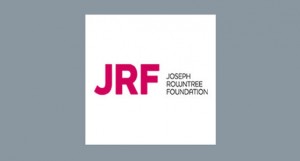 Shelter warns that almost 4 million families are living without any safety net.
Shelter warns that almost 4 million families are living without any safety net.
Some 3.8 million families have only enough money to pay their rent or mortgage for a month if they lose their jobs, the housing charity has said.
Shelter, which surveyed 7,500 people, said high housing costs and stagnating wages meant many were living on a financial knife-edge.
The survey
Shelter’s findings were based on a YouGov survey of 7,500 adults who pay rent or a mortgage. It says 44% of working families with children under the age of 18 could be one paycheque away from losing their homes if they became unemployed because they have little or no savings.
Its researchers also found that 29% of families would immediately be unable to afford to pay for their home if they lost their income.
Read more here.
 The review looked at how firms treat customers in arrears or financial difficulty. This is of particular concern as the possibility of interest rate rises looms. The review finds that arrears management in firms has improved since the last review. However, mortgage lenders and administrators need to place greater emphasis on delivering consistently fair outcomes for customers based on their individual circumstances.
The review looked at how firms treat customers in arrears or financial difficulty. This is of particular concern as the possibility of interest rate rises looms. The review finds that arrears management in firms has improved since the last review. However, mortgage lenders and administrators need to place greater emphasis on delivering consistently fair outcomes for customers based on their individual circumstances.
 Ofcom has published a guide which offers advice to people with learning difficulties on how to get the most out of their mobile phone and on how much it could cost. It gives information on:
Ofcom has published a guide which offers advice to people with learning difficulties on how to get the most out of their mobile phone and on how much it could cost. It gives information on: A briefing called Ethnicity and deprivation in England was published in December 2013 by the Centre on Dynamics of Ethnicity (CoDE) and others as part of a series The Dynamics of Diversity: evidence from the 2011 Census. It examines how likely ethnic minorities are to live in deprived neighbourhoods.
A briefing called Ethnicity and deprivation in England was published in December 2013 by the Centre on Dynamics of Ethnicity (CoDE) and others as part of a series The Dynamics of Diversity: evidence from the 2011 Census. It examines how likely ethnic minorities are to live in deprived neighbourhoods.